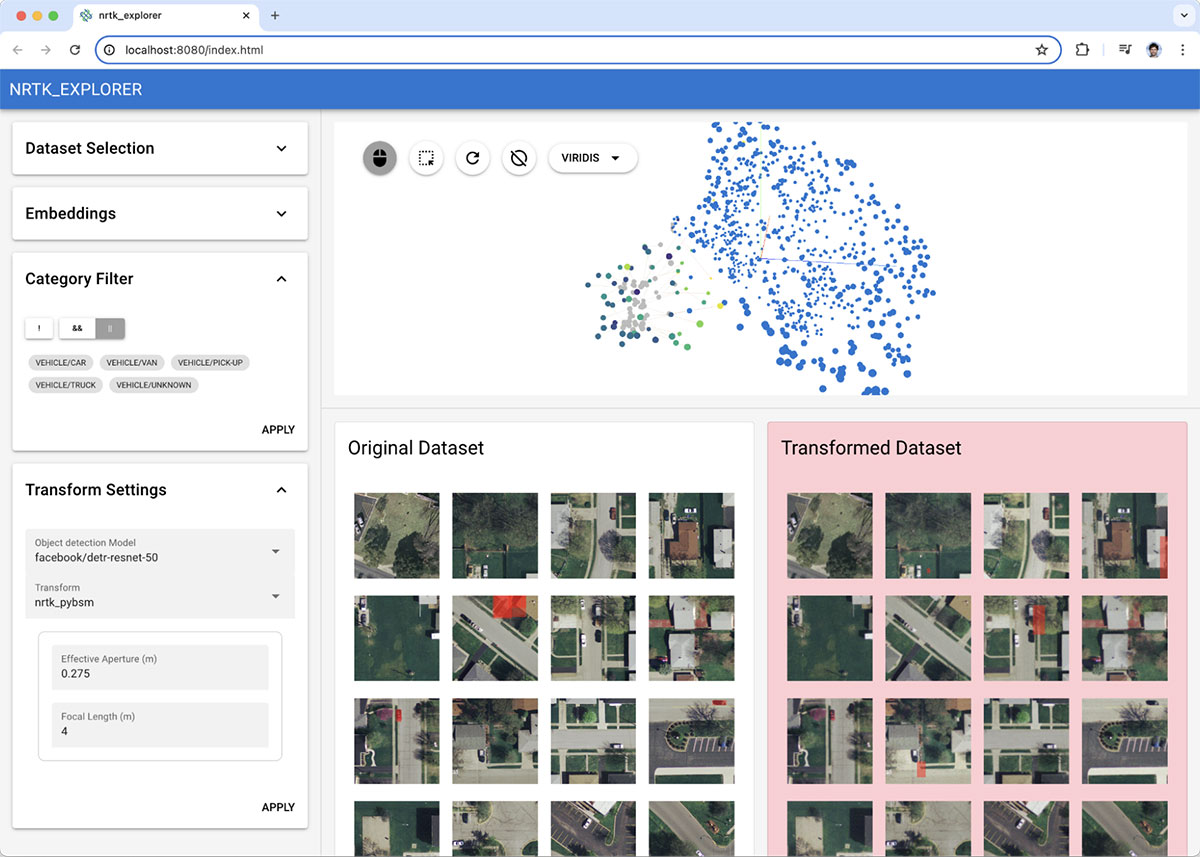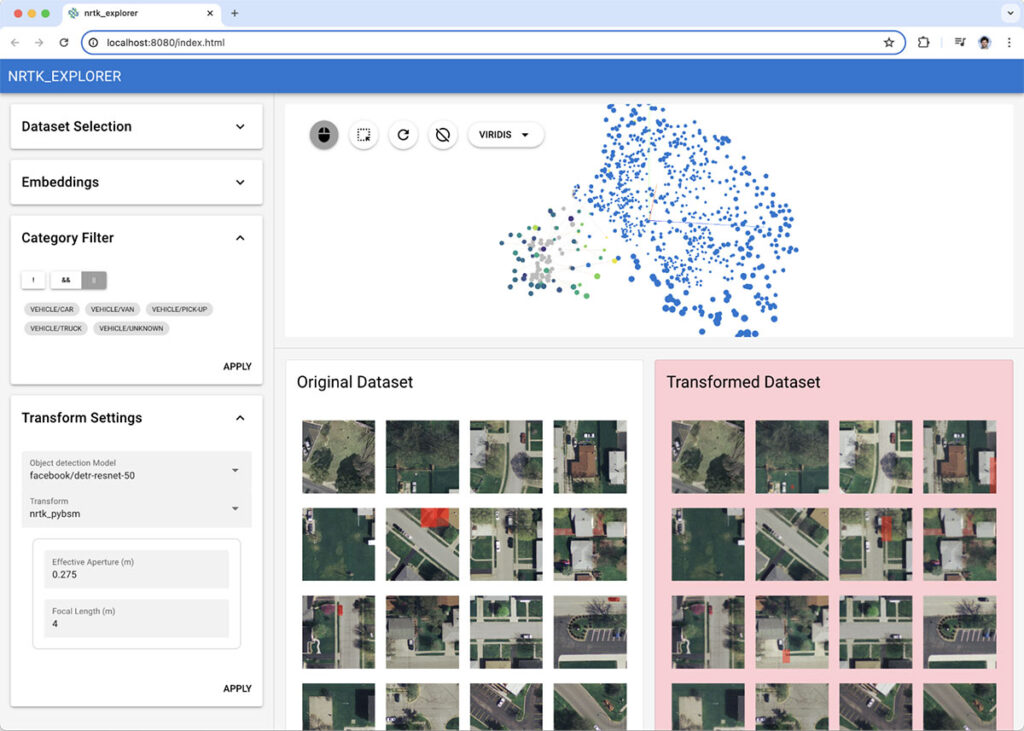CDAO JATIC: Empowering Responsible AI Adoption

Combating Fragmented Adoption of Responsible AI
The Chief Digital and AI Office (CDAO) helps to accelerate the adoption of data, analytics, and AI across the Department of Defense (DoD), enabling decision advantage from the boardroom to the battlefield. One of CDAO’s first outputs was a Data, Analytics, and AI Adoption Strategy, which helped set a vision for the responsible use of AI across the DoD, in accordance with the DoD’s ethical AI principles. AI assurance is a critical part of developing responsible AI, which requires the development of processes and tools for testing, evaluation, validation, and verification of AI. However, the current landscape of DoD test and evaluation is quite fragmented, where different programs develop their own tools with limited guarantees of software interoperability or maturity.
CDAO’s Joint AI Test Infrastructure Capability (JATIC) develops software to accelerate and enable AI model testing and evaluation across the DoD and provide insight into the performance, effectiveness, robustness, and safety of the DoD’s AI-enabled systems. The goal is for these software tools to become broadly available across the DoD, changing the way AI test and evaluation is currently done, while also helping to operationalize the DoD’s ethical AI principles.
Making AI Testing and Evaluation Accessible Across the DoD
Kitware is part of the CDAO JATIC program, and our contributions include the Explainable AI Toolkit (XAITK) and the Natural Robustness Toolkit (NRTK). XAITK is a platform for visual saliency algorithms to enable human understanding of complex machine learning algorithms. NRTK is a platform for validated, sensor-specific perturbations and transformations for evaluating the robustness of computer vision models.
XAITK and NRTK are currently focused on the computer vision domain, leveraging Kitware’s extensive experience developing AI-based solutions for tasks such as image classification and object detection. XAITK was transitioned out of the DARPA Explainable AI (XAI) program, and a previous 1-year effort to create an initial version of the toolkit. NRTK was created based on previous research efforts with the National Geospatial-Intelligence Agency (NGA), where we developed tools for understanding correlations between human and machine vision. To help us efficiently build interactive applications with XAITK and NRTK and create low-code versions that are easily accessible, we have been leveraging trame (see XAITK demo and NRTK-Explorer).

Scalable Tools for AI Assurance, Available to Everyone
We’ve applied Kitware’s robust software development practices to establish scalable Continuous Integration and Delivery (CI/CD) pipelines. By utilizing a strategy-adapter pattern, we created a modular software architecture that supports various specific implementations. This approach has successfully integrated XAITK and NRTK as essential components of the CDAO JATIC. We have also adhered to Kitware’s open philosophy and have made XAITK, NRTK, and trame available as open source tools so other developers are free to use, extend, and modify them however they want for their own projects.
With the recent completion of Phase I of the CDAO JATIC project, and a new 1-year, $2.2M Phase II award, our team will continue to develop and maintain XAITK and NRTK. We are exploring novel ways to combine the capabilities of each toolkit as part of test and evaluation workflows, such as using saliency maps as a visual indicator for explaining model failures under natural robustness testing. This continued work will support the program’s efforts to transition the tools to more operational environments and increase overall adoption by users across the DoD.
Disclaimer: Effort sponsored by the U.S. Government under the Tradewind Project Agreement. The U.S. Government is authorized to reproduce and distribute reprints for Governmental purposes notwithstanding any copyright notation thereon. The views and conclusions contained herein are those of the authors and should not be interpreted as necessarily representing the official policies or endorsements, either expressed or implied, of the U.S. Government.